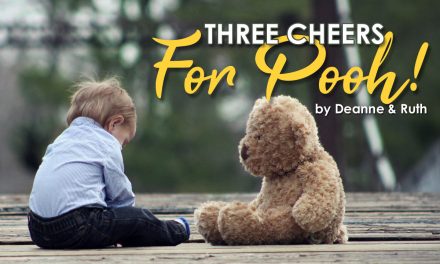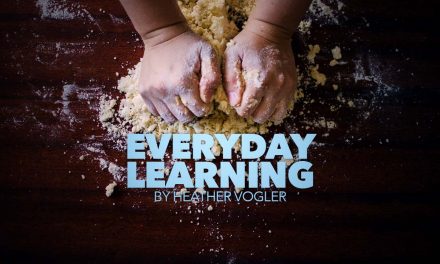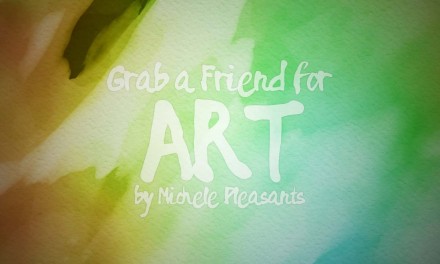I hate science. Allow me to rephrase. Science and I mutually oppose one another. From the obligatory high school courses to my Registered Nurse studies, I found science to be lifeless. The further I advanced, the more the repetitive the memorization and hum-drum the readings seemed to be. A sad statement for someone wanting to spend her adult life in a science-focused field!
Fast forward fifteen years. New to homeschooling, my husband and I walked wide-eyed into a convention to learn everything possible to successfully homeschool our children. Weary, I stumbled into a workshop titled, “Teaching Science at Home,” taught by Dr. Jay Wile. Everything I believed about science challenged, I left the session feeling competent (and excited!) to teach Science. The best ‘take away’: “Science is meant to be fun. Focus on science exploration and discovery.”
Conquering my traditional textbook brain, I began a mission to make science fun for my children. First decision was to put away the elementary science workbooks. Second, I sought resources for hands-on science and nature studies. Our bookshelves quickly filled with well written, non-consumable books that were filled with colorful, detailed graphics. While significantly more options are available today some of my favorite “go-to” resources included science encyclopedias such as the Kingfisher Science Encyclopedia, Usborne Science Encyclopedia and the Wonders of Creation series.
Teaching science through hands on activities and studies provided an additional level of excitement because each week looked different. Initially, I made a list of topics my children wanted to learn and then I created a list of topics I felt they should know. My list came from topics I was interested in as well as a survey of traditionally taught subjects. My goal was to spend one week on a topic but some fizzled out within a day or two and others took on a life of their own and developed into several week studies. Favorite resources for these topics were books that taught basic concepts in easy-to-understand language and provided simple activities. Usborne had some excellent ones, and you can find many others at your library. As my children grew, hands on kits became invaluable for our lessons. Science activity kits are available for nearly every budget. A few of our favorites included the Young Scientist Club and Home Science Adventures.
Weather permitting, nature studies were a part of our daily routine. Well-loved activities included everything from weather monitoring to bird watching and raising tadpoles. While online resources provide beginning tips, there are must-have resources to develop your nature studies. The Handbook of Nature Study is probably the most well-known resource for nature studies. Written by a college professor in 1911 (updated 1939), this book is filled with background information, teaching activities and black and white images. Consider investing in a good set of field guides as these will be frequently referenced. A newer resource I would have loved in our homeschool days is the interactive Nature Connection. Well-organized with a range of hands-on activities, it provides an excellent introduction to nature studies.
Regardless of the path you take for hands on science, a lab notebook is vital. When children are younger, have them paste pictures from magazines or the Internet, and dictate observations. As they grow, the scientific process will be a natural extension to the hands-on activities. You can create a notebook with a 3-ring binder or a spiral notebook or purchase a premade science notebook. If it has been a long time since you followed the Scientific Method. Refresh your memory with these helpful posts from Elemental Science on the scientific method and how to record an experiment.
Hopefully this has given you some practical helps for teaching science at home. Be encouraged! Science can be fun and educational whether you create your own studies or add hands on activities to your curriculum. ~ Deanne





